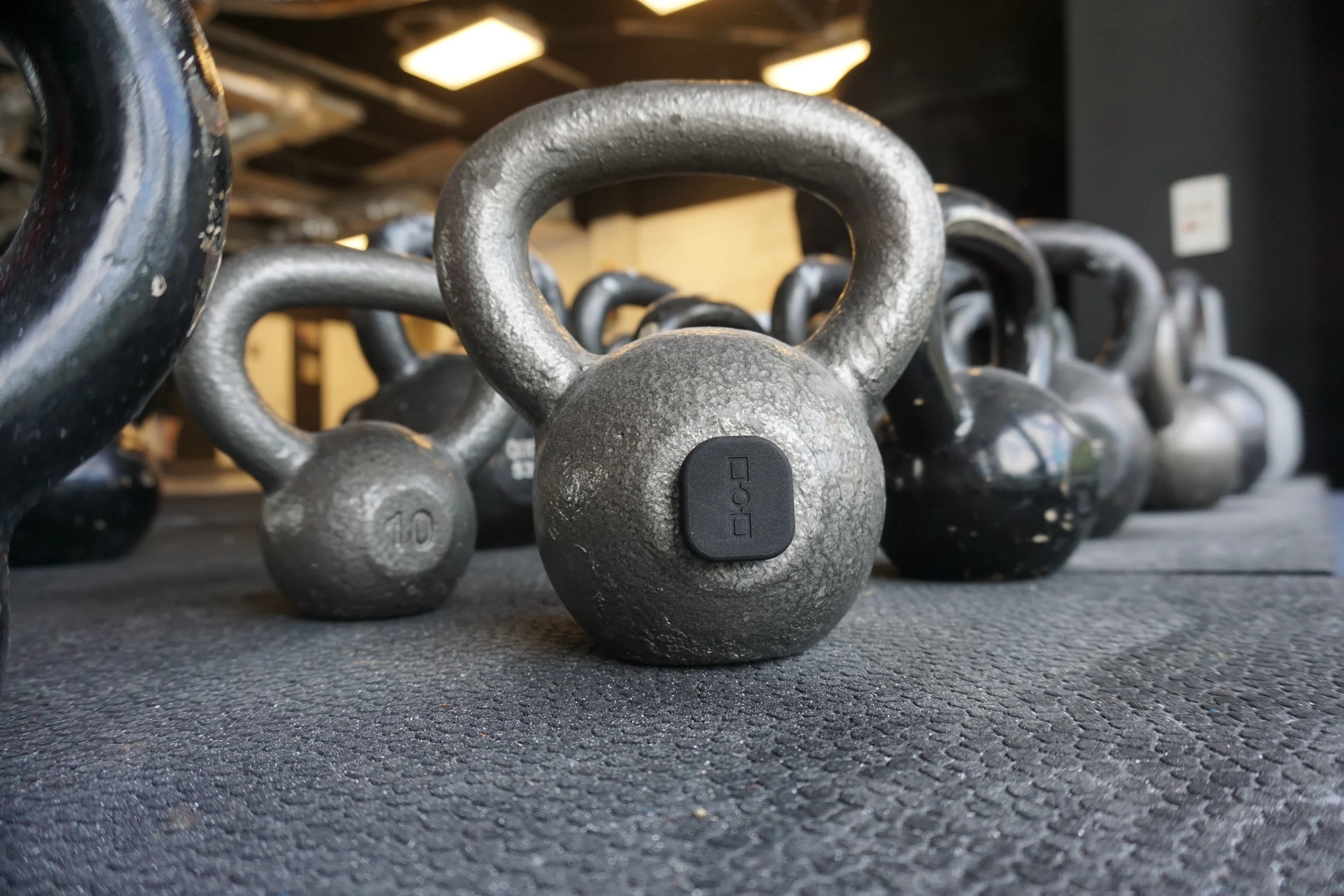Today we stand on the verge of the next tech innovation. Embedding low cost with low power computing and connectivity into everyday things and wearable computing. This has been talked about for years but the reality of this vision is coming into sight. Industry analysts project that the impact of this will be massive, creating a multi-billion dollar market in the next five years. The impact of mobile internet was far greater than the impact of PC internet on business and our everyday lives. The next wave of technology, one consisting of wearables, has the potential to revolutionize people and businesses in ways never dreamed.
As part of the movement, tracking one’s self through new wearable devices or embedded sensors has the potential to empower individuals to live healthier and fitter lives through analyzing rich, detailed information about the activities they are partaking in.
For wearables to become the most valuable to the consumer, it needs to embrace the increasing Internet of Things. Wearables need to be able to transform big data into data that delivers insights and suggestions. In a world today driven and centered around convenience; the next big technology will have a human centered design, one that creates a simplified user experience and an easier means to achieve goals.
Technology seems to be revolutionizing the fitness and health industry already and it is exciting to think of the possibilities to come. Companies like Nike with their Nike+ platform and Fuelband along with start-ups like Fitbit with their Flex and Force see this potential as well. According to ABI Research, 30 million wireless wearable health devices were purchased in 2012 and they project that number to be 160 million in 2017. Many people have already jumped on board with new wearable technologies and interest is only growing. Not only is this a huge new market opportunity, but it’s a chance for established companies and startups to create deeper engagement and relationships with their customers unlike ever before.
Listed below are four simple things many fitness enthusiasts and strength coaches suggest impact your overall fitness:
1. Focusing on quality vs. quantity
2. Tracking your progress
3. Becoming more educated about your workout
4. Concentrating exercise and nutrition
Tracking goals and progress is a key component to sustaining a workout program. Monitoring progress helps provide motivation and puts metrics to improvement. The problem is that tracking has been a fairly manual process that takes time and is inconvenient. As a result, people tend to not stick with it.
Now to address quality versus quantity during workouts. Many people when working out or going to the gym lack technique and consequently lose out on potential muscle growth. Technique and path of the bar should be the focus of on most lifts. Again the tracking aspect of this is the problem. A device would need a rich and complex data tracker to provide helpful input into fitness and health plan.
The exciting thing is that all of these problems are solvable by technology. Over the past couple years the health and fitness industry has been exploding with new start-ups and established athletic brands investing heavily in new technology products, applications, and digital services. Companies that provide a full platform ecosystem solution to help people achieve their health and fitness goals will be the winners in this market long-term. Early products and digital services are doing great job of making simple tracking and monitoring easy through small wearable bands or watches that easily synch to your phone or PC and a digital app service. The Nike Fuelband, Fitbit Flex, and many more capture steps taken, calories burned, synch wirelessly to your phone and PC and present data with simple and easy to read graphics. These devices have limitations though and don’t serve to improving your workout as a whole.
Current trackers have limited data that lacks richness and quality. Most are simply measuring movement like steps taken and distance traveled through a 3-axis accelerometer. Exercise activities that do not have significant movement like weight training and yoga do not get much, or any credit. There are a few companies that have added optical heart rate detection for intensity and altimeters for stair climbing. A few start-ups claim to be working on tracking metrics more involved with weight training. This is a good step, but additional new sensors and algorithms are needed for gathering the entirety of exercises. Automating and use of real-time data tracking will be critical to the success of new technologies in the next few years.
The most important aspect of this new emerging market is the transformation of big data into data that delivers insights and suggestions. In a world today driven and centered around convenience the next big technology will have a human centered design, one that creates a simplified user experience and an easier means to achieve goals.

